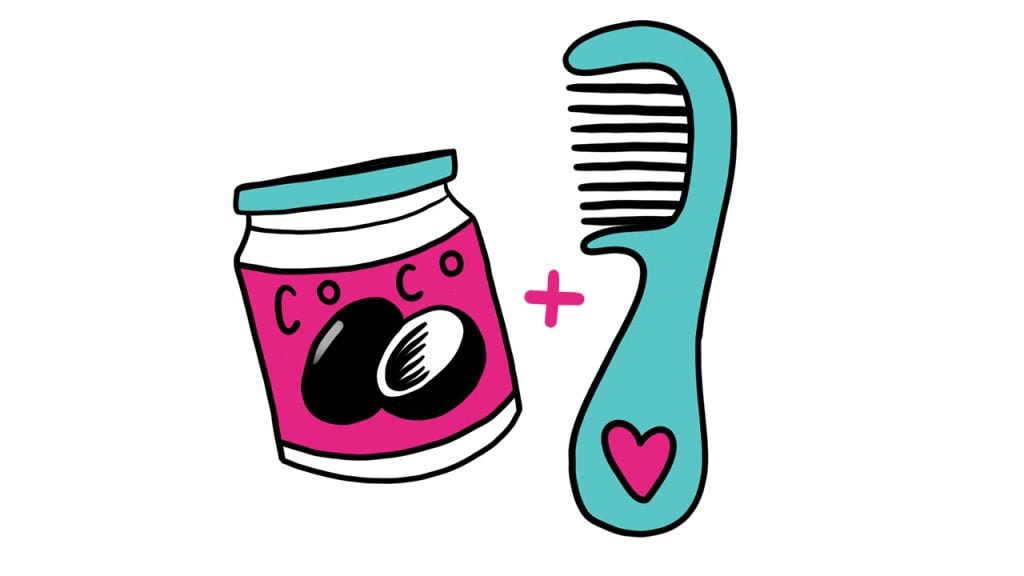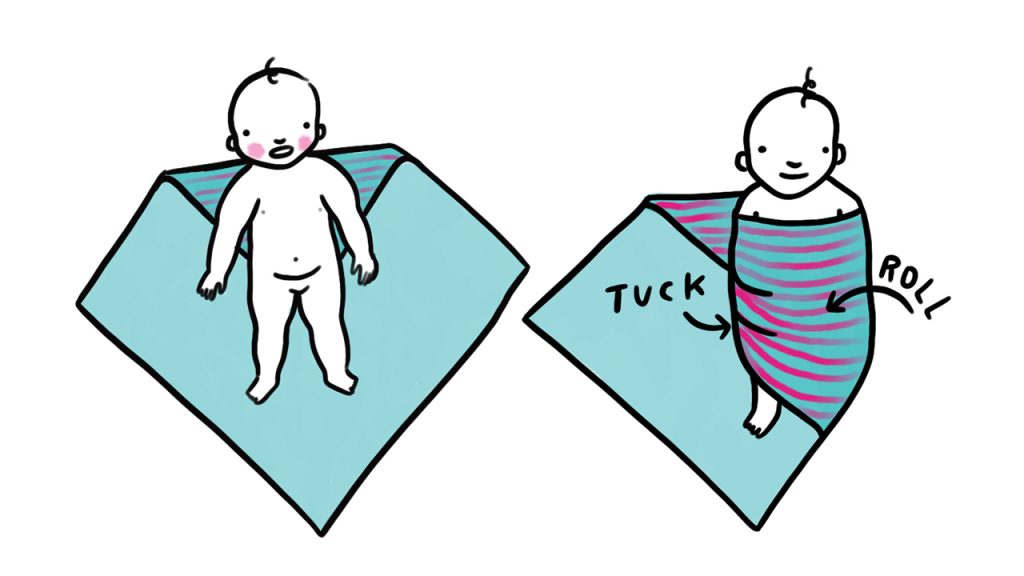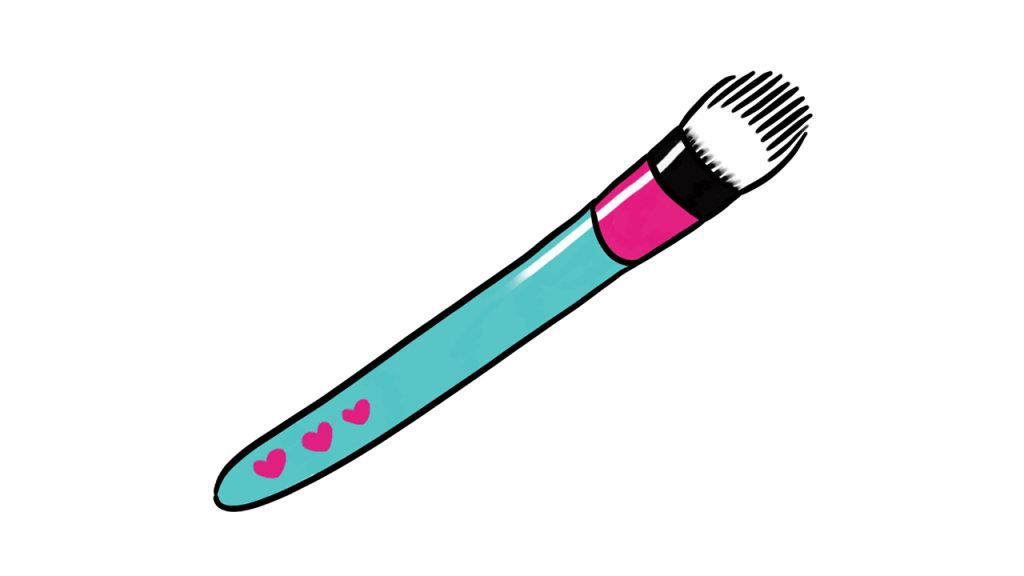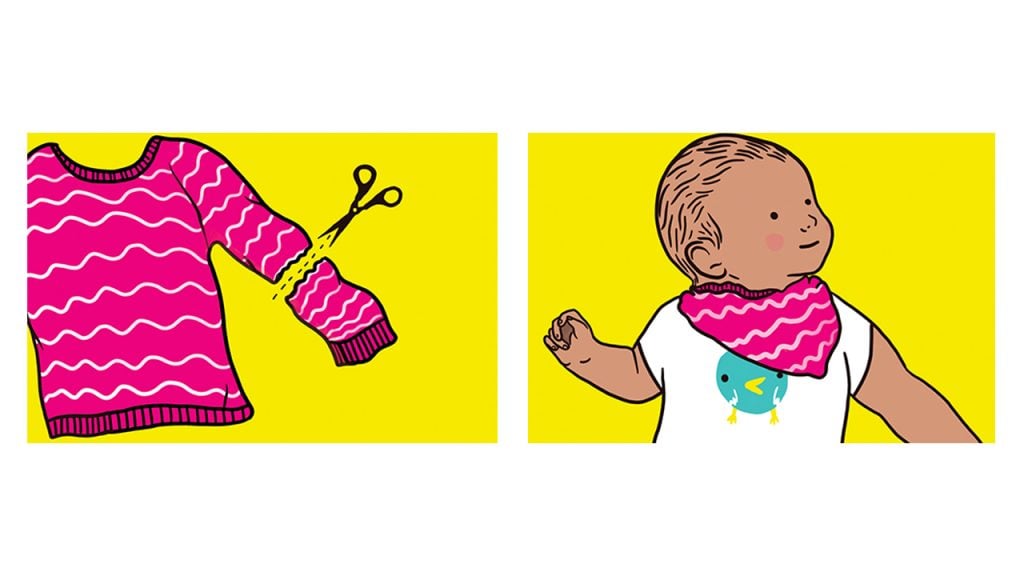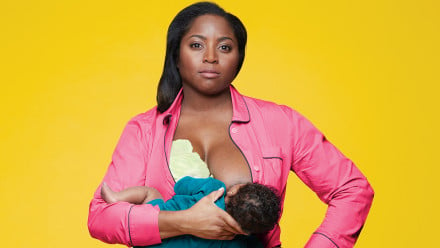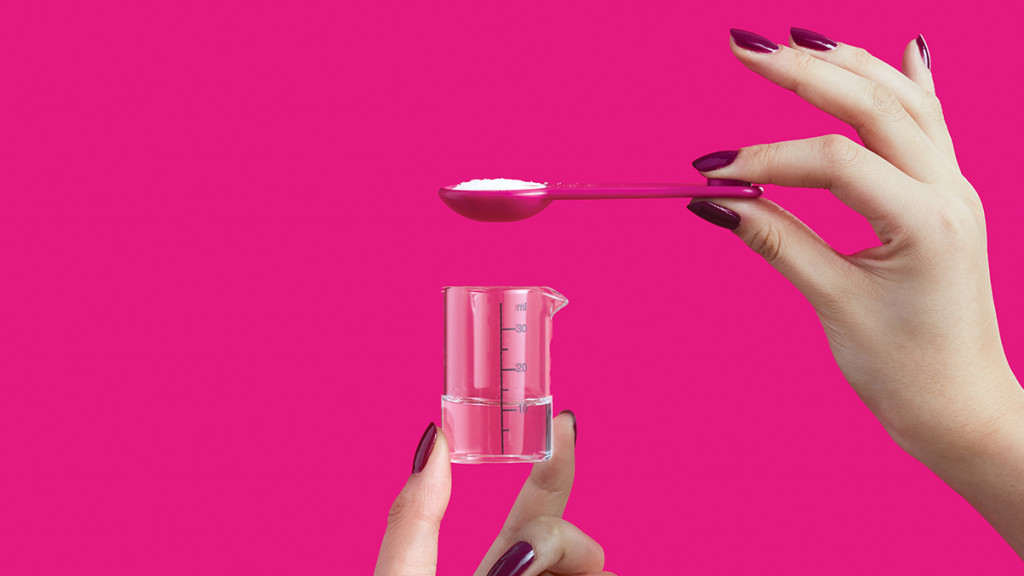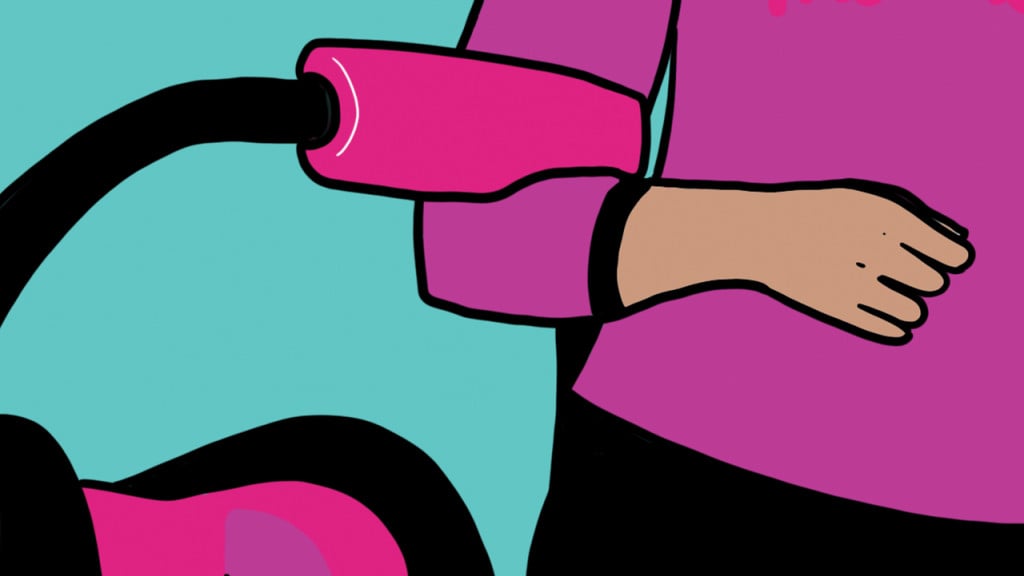As I try to stop a pants-less threenager from jumping on the couch, my five-month-old whines after being abandoned in her Exersaucer for a little too long. The guilt for this is subconsciously added to the day’s tally, along with feeding my preschooler mostly popcorn for lunch and letting both children watch 500 hours of Ninjago (it’s infant-appropriate, no?).
In this moment, I can’t help thinking about how silly I sounded just a few months ago when anyone asked me how my second mat leave was going.
“It’s a bit boring, to be honest.”
Cue the universe, laughing. By late February my daughter, Edie, was just starting to emerge from the sleepless and all-encompassing newborn phase. We’d kept our toddler, Theo, enrolled at his nursery school full-time. The novelty of mat leave—watching endless Netflix shows and aimlessly wandering the mall with my baby snoozing in the stroller—had worn off much faster the second time around. I was tired of being covered in spit-up and the relentless cycle of eat-burp-change-sleep-repeat. I was sick of being cooped up all winter, and I found myself missing my deputy editor job here at Today’s Parent.
Shortly after I had the immense privilege of expressing my boredom, as spring’s first shoots broke ground and the weather started to warm, COVID-19 swept the globe. Instead of popping out to baby swim class and music programs, and enjoying regular playdates and coffee meetups with friends, the world came to a halt—and my husband and son came home. For good. All day, every day.
Now parents have an entire rack’s worth of new and often ill-fitting hats to wear in addition to their usual roles: teacher, housekeeper, doctor, Zoom expert, hairdresser, nutritionist, activity coordinator. This is coupled with the anxiety of keeping our families safe and fed, and staying on top of ever-evolving guidelines for how to conduct ourselves in a pandemic.
Oh, how flippant I’d been.
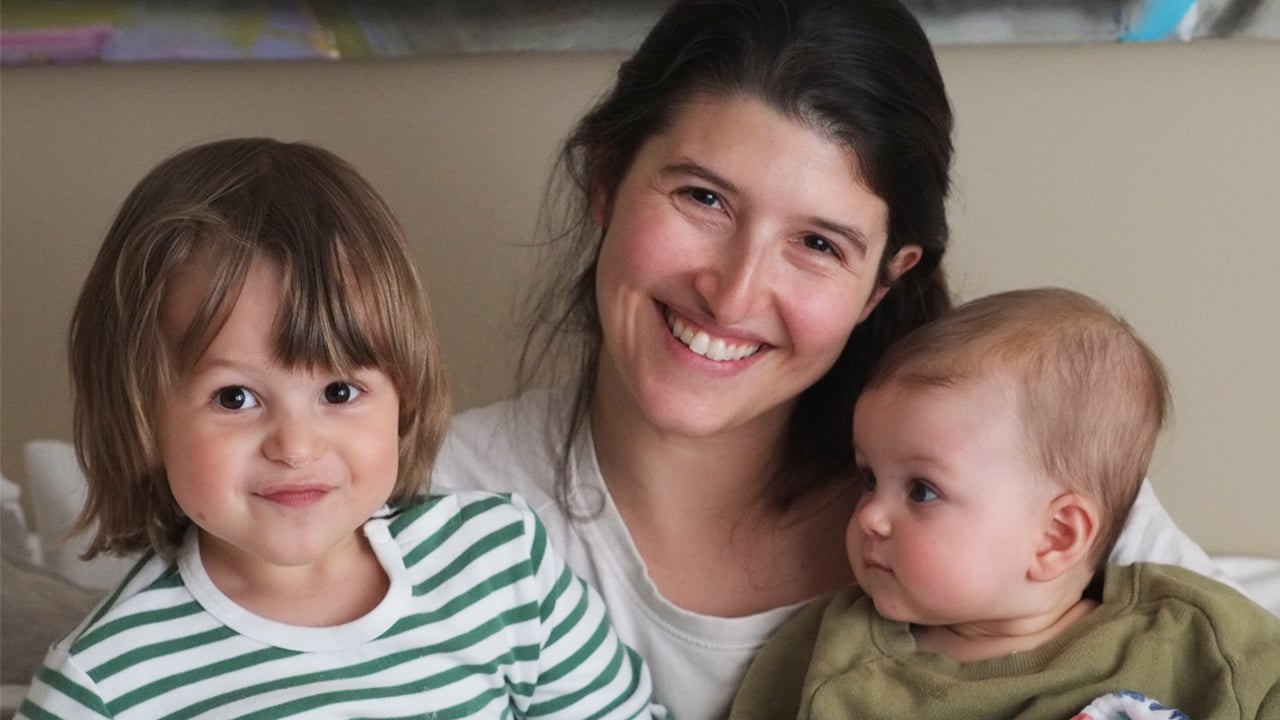
Photo: Courtesy of Jessica Pollack
I’m still processing the fact that my first and second mat leaves will be very different. With my firstborn, I might have been the only mom in history to enthusiastically sign up for four music classes a week, one a day from Monday to Thursday. It was hectic. But it was magical, too. I couldn’t believe how lucky I was to be spending all day every day watching baby Theo grow and evolve, taking fastidious notes about his milestones and every single adorable little thing he’d do. (At 22 weeks he licked a strawberry, and on June 16 I apparently saw it necessary to record his first fully formed turd!)
I also had a huge group of close mom friends I got to see constantly, and we’d dissect every milestone and sleep regression. We had two sets of dedicated grandparents who came over all the time and delighted in every second they had with their first grandchild. (For the record, they will still drop a Lysol-ed Tupperware of frozen chicken soup on our doorstep within the hour. Thanks, Mom!)
While Theo grew up seeing his grandparents multiple times a week, Edie is getting to know them through a screen, and the loss of that quality time is keenly felt on all sides. FaceTime used to be a bonus—a little extra glimpse of the kids at off-hours—but now it’s all you get. And you can’t smell that intoxicating baby scent or pinch her ever-chunkier thighs through an iPhone.
As a second child, I knew that Edie wouldn’t be privy to the kind of focus and attention I was able to give my first, but we were supposed to have our year together—those special, lazy “just us” days to bond before picking her big brother up at the end of the day. Now that her rambunctious sibling is stealing the spotlight, she’s spending too much time alone on her play mat while I walk on eggshells trying to keep a moody preschooler happy and entertained. This wasn’t the plan.
I know how lucky I am to be home with my family—all of whom are healthy—and not be too stressed about money. I was already signed up for EI on my mat leave. I’m not a frontline health worker like some of my friends are, or a grocery store clerk risking their life to keep us nourished.
There are so many moms dealing with greater hardships—giving birth alone; caring for a newborn without the help of family and friends; being unable to find formula or diapers; worrying about loved ones who are sick; struggling through PPD with limited or no support. I know I have so much to be grateful for, and I’m lucky I got to experience a “normal” Canadian mat leave with my eldest. But I also deeply feel the loss of this special time with my baby girl.
This is something my mom friends and I are constantly trying to balance: the guilt over expressing any modicum of frustration or self-pity, and the need to emote and share the very valid feelings that are bombarding us every day. We’re sad that we’re spending much more time obsessing over our older kids’ screen time and behaviour regressions than noticing how our babies learned to coo or smile that day, or documenting the face they made trying their first taste of sweet potato. There just isn’t always enough time or energy to do both.
One big factor is sleep, of course. The broken sleep when you have an infant is hard to deal with at the best of times, but now our nights are even less restful: after you feed the baby at 3 a.m., it isn’t easy to fall back asleep as our minds race wildly with pandemic anxiety.
There are silver linings, though. This extended period at home was the perfect opportunity to finally potty-train Theo, after he had spent months showing absolutely no interest. And now that he logs so much time with his baby sister, he’s come to appreciate her in new ways, like being able to make her laugh by smothering her face in wet kisses. For Edie, Theo is the greatest show on earth.
Ultimately, I’m thankful for the excuse to focus on something other than the news. Dealing with the immediate needs of my kids helps keep the big-picture angst at bay. Snacks and naps and diaper changes—these are things I can handle. Life may not be going according to plan and my world may feel prohibitively small at times, but right now, there’s comfort in the familiar, mundane routines of being a mom.
Editor’s note:
We hope you enjoyed reading this article from Today’s Parent. We’re working hard to provide our readers with daily digital articles that aim to inform, inspire and entertain you.
But content is not free. It’s built on the hard work and dedication of writers, editors and production staff. We do not make this ask lightly, but if you are able to afford it, a year-long subscription to the print edition of Today’s Parent is only $15. A subscription also makes a great gift for that new parent in your life.
Our magazine has endured for more than 35 years by investing in important parenting stories. If you can, please make a contribution to our continued future and subscribe here.
Thank you.
Kim Shiffman
Editor-in-Chief, Today’s Parent
The post This is not the mat leave I imagined appeared first on Today’s Parent.


